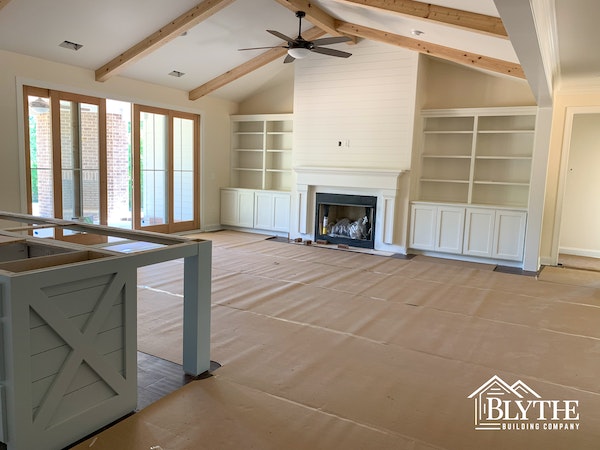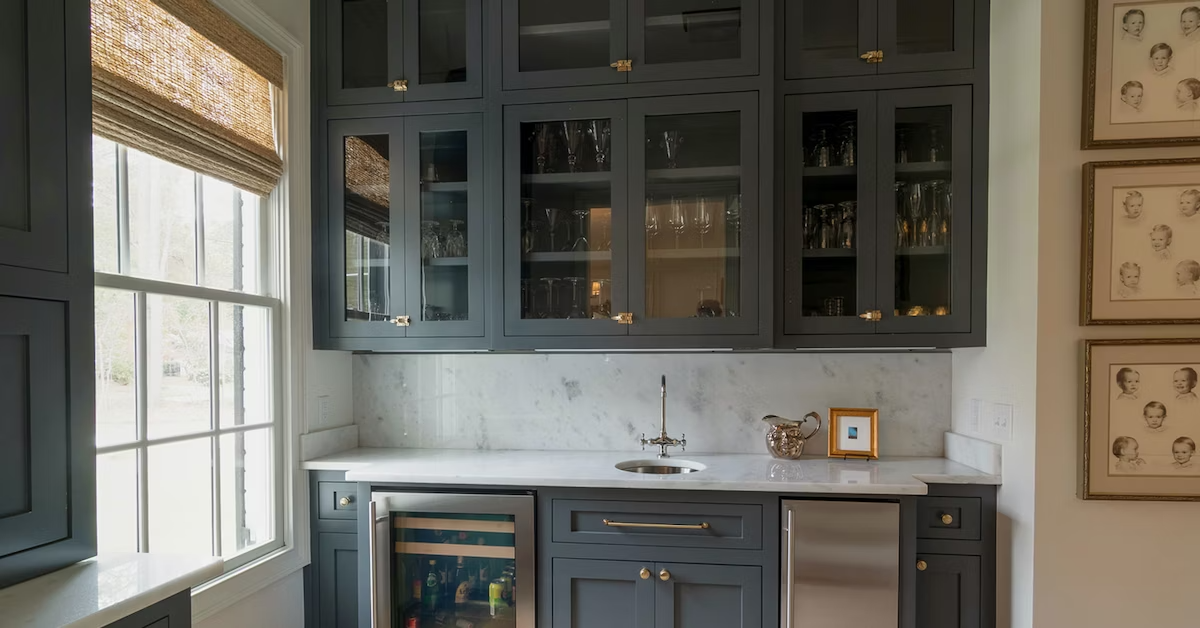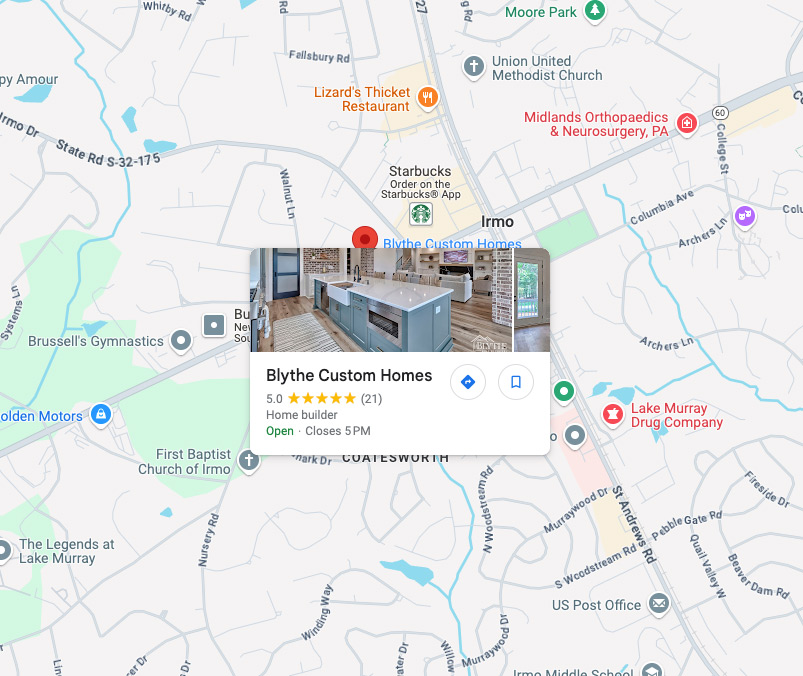If you are thinking about building a custom home, one key issue to address is the use of natural light. There are so many health and energy saving benefits to letting optimized natural light into your dream home that it really is a “no brainer for modern construction.
Benefits of optimizing natural light
- Improved mood.
- Increased work performance.
- Better sleep at night.
- Improvements in certain types of depression.
- Improved satisfaction.
- Increased home value.
- Lower energy bills.
What do you need to think about regarding your home design to make sure you and your family enjoy all of the amazing benefits of natural light? Let’s look at several steps you can take with your custom builder to make an energy efficient, beautiful, mood-boosting home that truly meets your needs.
13 design ideas to maximize natural light
- Make sure the longest side of your house faces south and try to have as many windows as possible on that side.
- Try to place the most frequently used rooms on the south side of the home.
- Consider a floor plan that allows rooms you won’t use often in the places where your house won’t get much light due to other houses, buildings, trees, etc”
- Talk with your custom home builder about skylights.
- Adjust your interior design to include light-colored paint and other reflective surfaces like glass and mirrors so that the natural light reflects well around the room.
- Choose
- Energy Star certified windows, doors, and skylights for energy efficiency improvement over non-certified options.
- Design an overhang on the south side of your house to keep the higher summer sun out but to allow the lower winter sun in to help minimize your home energy expenses.
- Consider a wall of windows along the north side of your home to enjoy the benefits of indirect sunlight all year round.
- Use tall, transom, or clerestory windows (windows that are above eye level and offer natural lighting but also privacy). Light coming from a high window is most effective for lighting a space without electric lights.
- Consider not having windows below about two feet above the floor unless there is a beautiful desired view there. Lower windows contribute much more significantly to solar heat gain.
- Use window treatments to minimize glare, if needed, and to help control thermal buildup where necessary.
- Use glazing to control the amount of light that comes through your windows. Generally, darker glazing is needed on the east, south, and west side of the house and on larger windows. And generally, clearer glazing can be used on smaller windows and north-facing windows.
Your home builder and/or architect can help you choose a floor plan and help you orient your house on your lot to optimize direct and indirect light. This will help save money on heating and cooling costs and increase energy conservation.

Related
Is Building a New Home Right for You?
What Are the Benefits of Natural Light in a Custom Home Design?
Top Six Reasons to Choose a Custom Home Builder
What Are the Steps to Building a Home?
Building a Pet-Friendly Custom Home
RESOURCES
13 Daylighting Guidelines by the Building Design and Construction Network
Daylighting by the Department of energy









